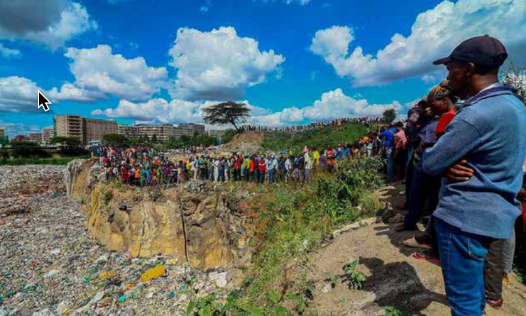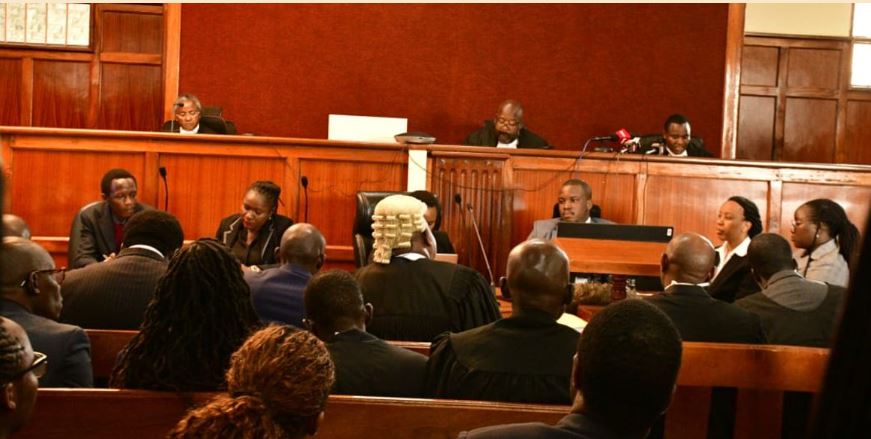Government by gunfire: Ruto’s war on dissent
by admin on | 2025-08-02 17:16:56 Last Updated by admin on 2025-12-03 10:55:04
Share: Facebook | Twitter | Whatsapp | Linkedin Visits: 384

Youth in Kenya are being taught a brutal civics lesson: speak up and risk a bullet. This is not misfortune at the margins. It is the governing logic of a presidency that treats dissent as an enemy operation and outsources its suppression to police and proxies. The evidence is not abstract. It is counted in bodies, hospital beds, and televised orders. In 2024, Kenya’s national rights commission recorded 39 people killed and 361 injured during the finance bill protests. Those figures were not disputed by the state; they were posted by it. The message landing on Nairobi’s streets since then is simple and chilling. Protest, and the state will make an example of you. Put names to the arithmetic. In June 2024, 29 year old Rex Kanyike Masai was shot during a demonstration against punitive taxes. One year later, court proceedings are still piecing together which officer pulled the trigger, but the arc is clear enough: a young Kenyan lies dead because lethal force became routine crowd control. The inquest has already exposed irregularities in the handling and movement of police weapons. That is how impunity looks on paper. On the street it looks like blood on the tarmac and a family left to bury a son. Fast forward to June 25, 2025, the first anniversary of the parliament storming. By nightfall, rights monitors and wire services agreed on one thing: a new round of deaths, most at police hands. Depending on the source, the toll that day ranged from eight to nineteen to sixteen, with hundreds more injured. Two weeks later, Kenya’s own commission reported at least 31 deaths linked to the subsequent Saba Saba actions. The exact number matters less than the direction of travel. The state met the country’s youngest citizens with rifles and batons, then argued over the body count. The president’s podium did not moderate the violence. It ratified it. On July 9, President William Ruto said looters and arsonists should be shot in the leg. That is not a slip. It is an operating instruction dressed up as toughness, heard by field commanders as permission. When a head of state narrates incapacitation by gunfire as the default answer to disorder, the transition from order to carnage is not a bug. It is the plan. Worse, the government’s security playbook now mingles police with paid muscle. Reporting from Nairobi has traced the presence of hired goons working alongside or in the shadow of police to beat and scatter crowds. This hybrid repression blurs accountability and deepens fear because citizens cannot tell where the state ends and criminal violence begins. The point is precisely that they should not. It keeps people at home. It curdles hope. It warns a generation that the price of voice is pain. Consider Albert Ojwang, the teacher and blogger who died after police custody. After public outrage, authorities moved to charge officers. Activists immediately called it scapegoating. They have lived this cycle: deny, delay, sacrifice a constable, save the chain of command. Meanwhile, the protests grow younger, poorer, angrier. The government calls that chaos. It is accountability in formation, and it is being met with death. This is the Ruto record: a fortress state built on the bodies of its children and defended with euphemisms. History will file it not under reform but brutality with a smile Read more...




